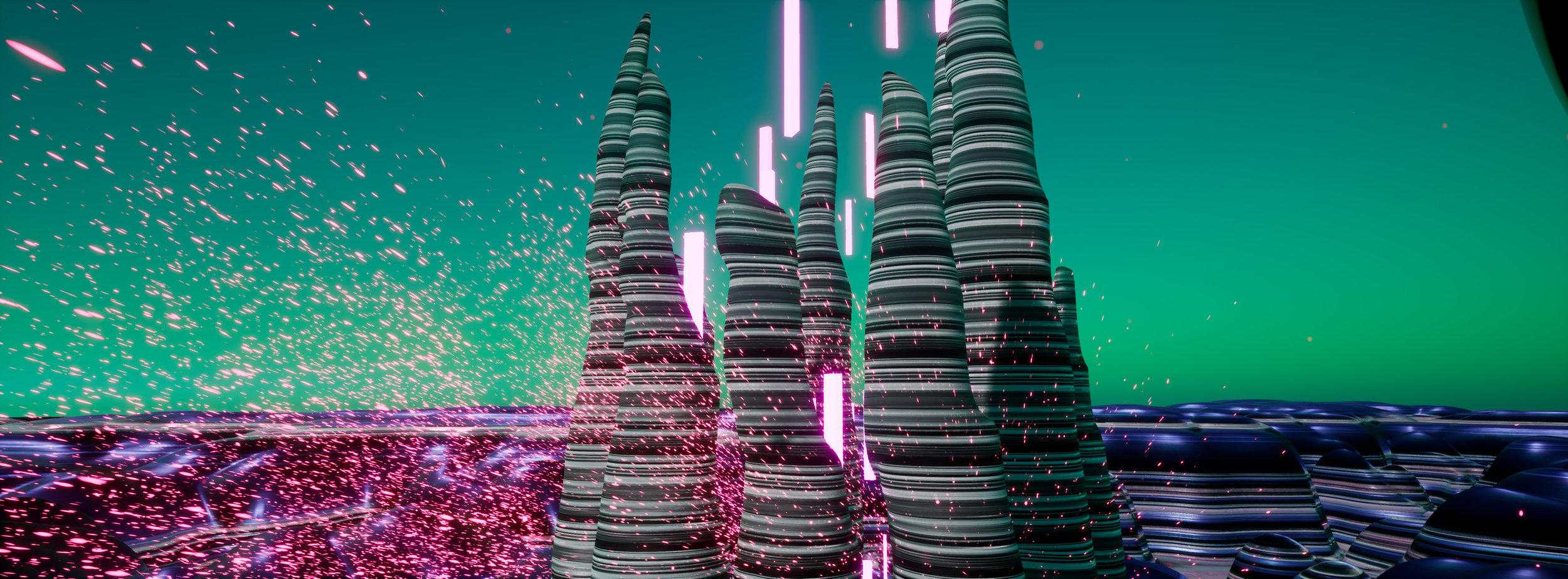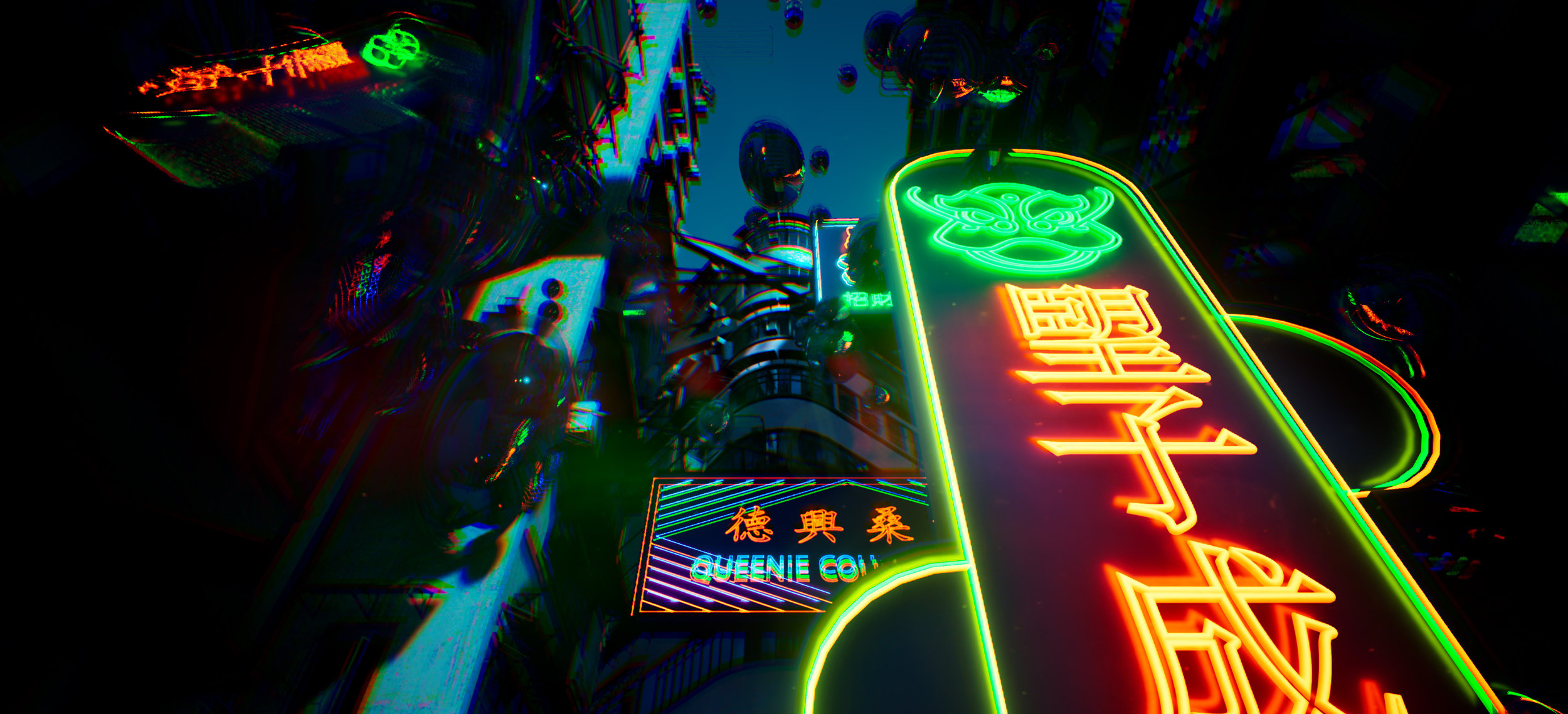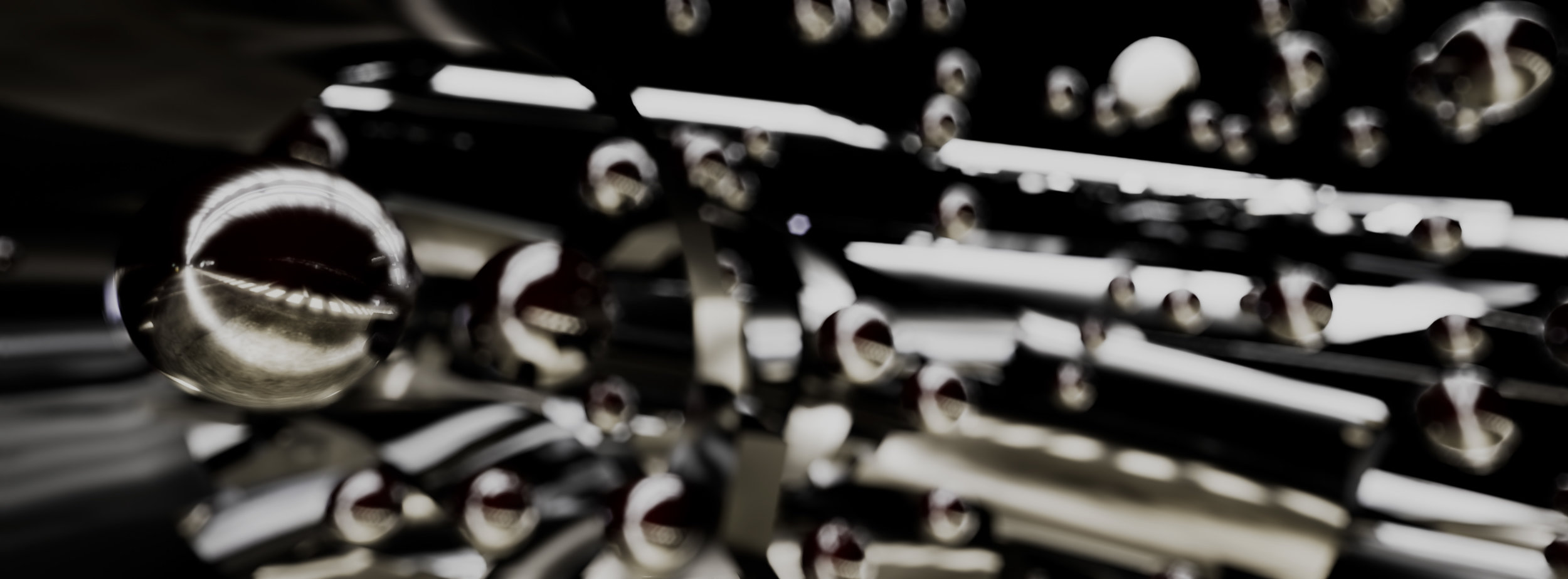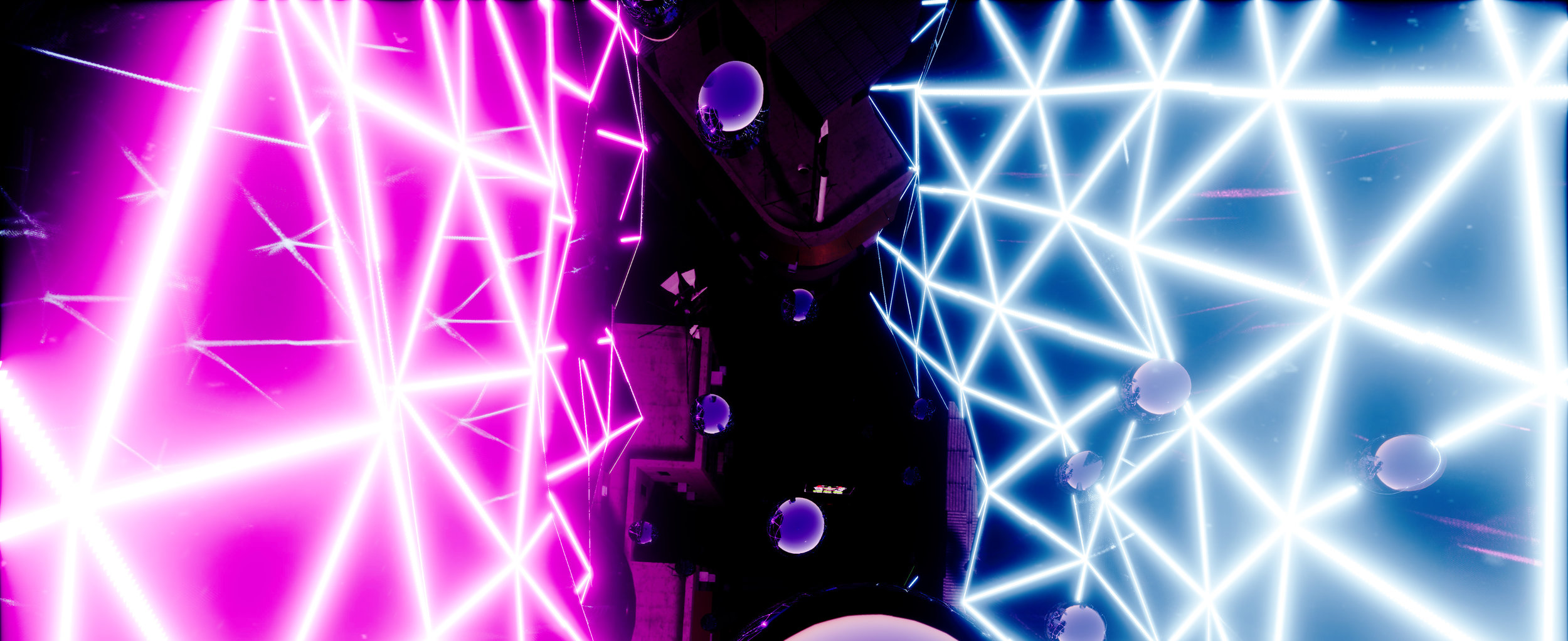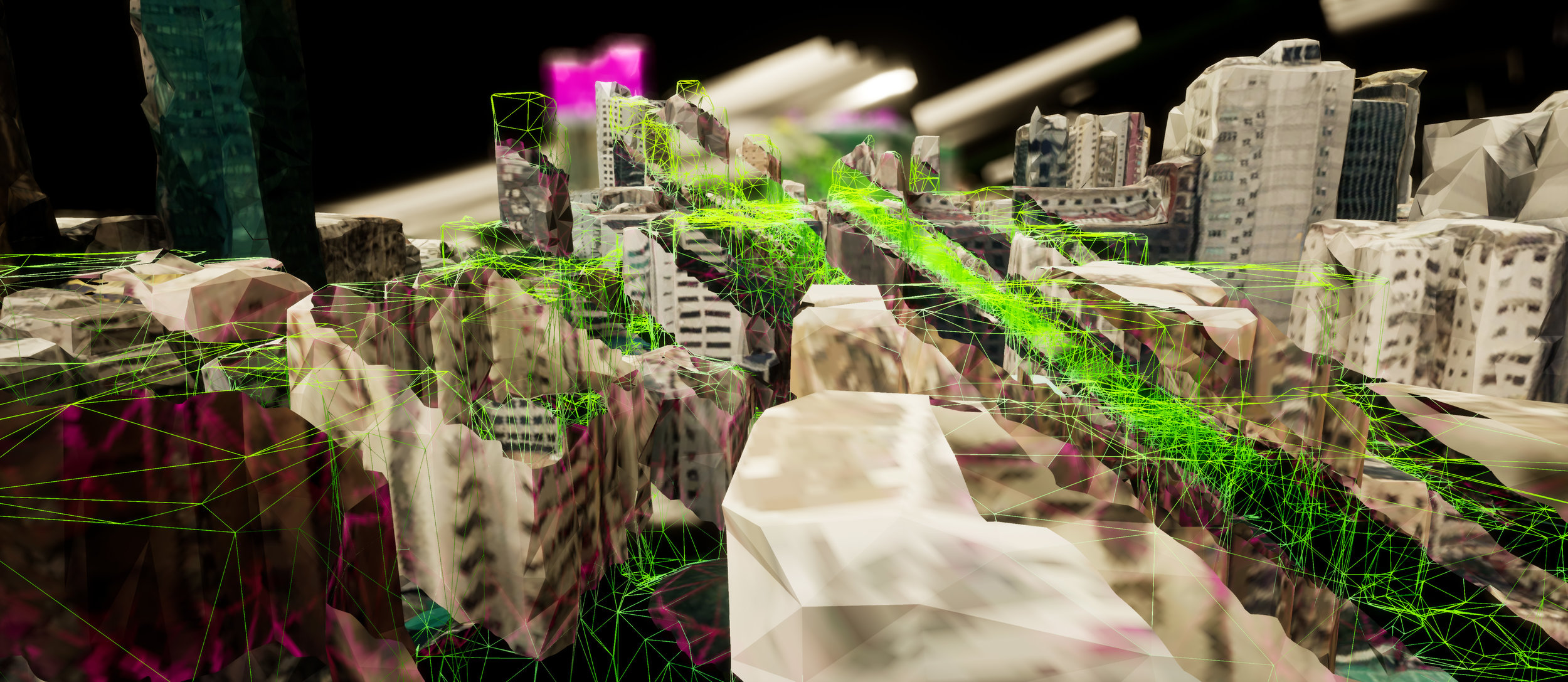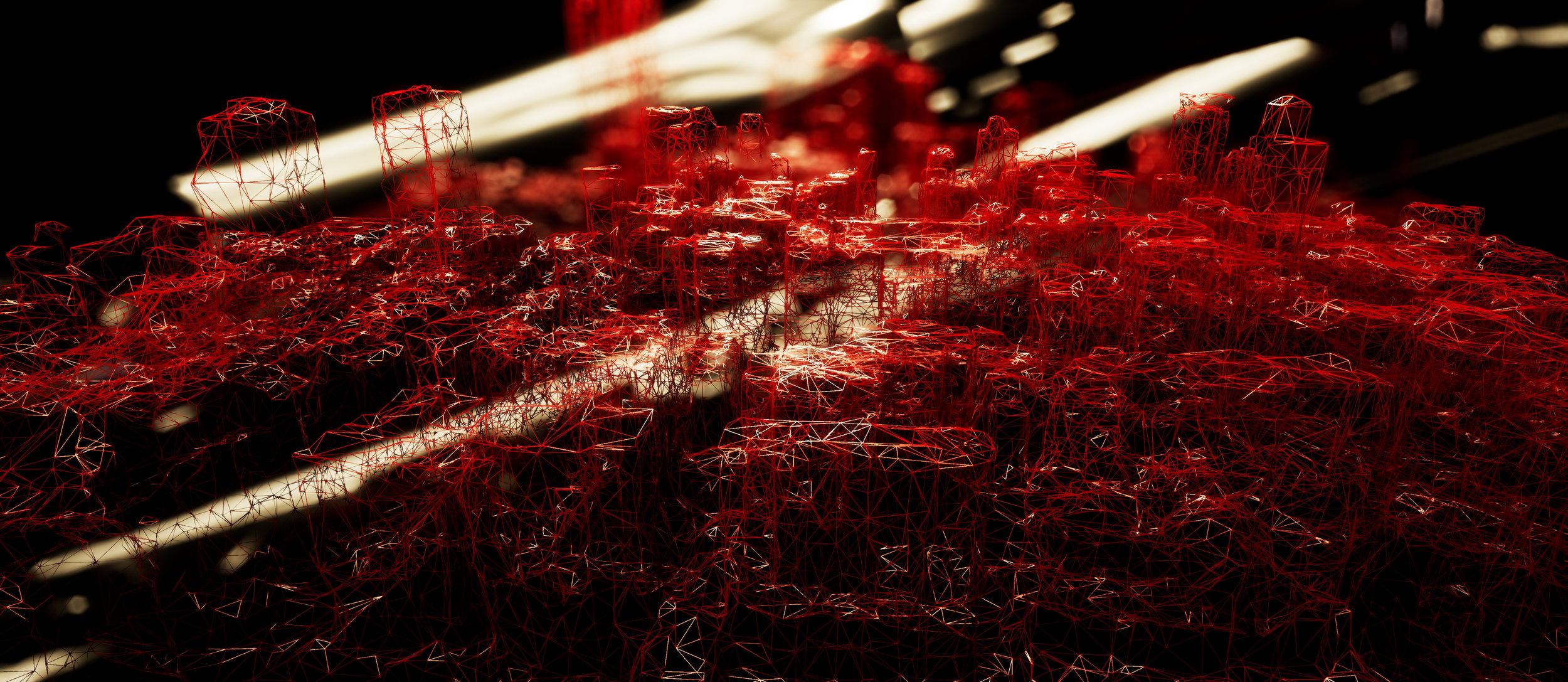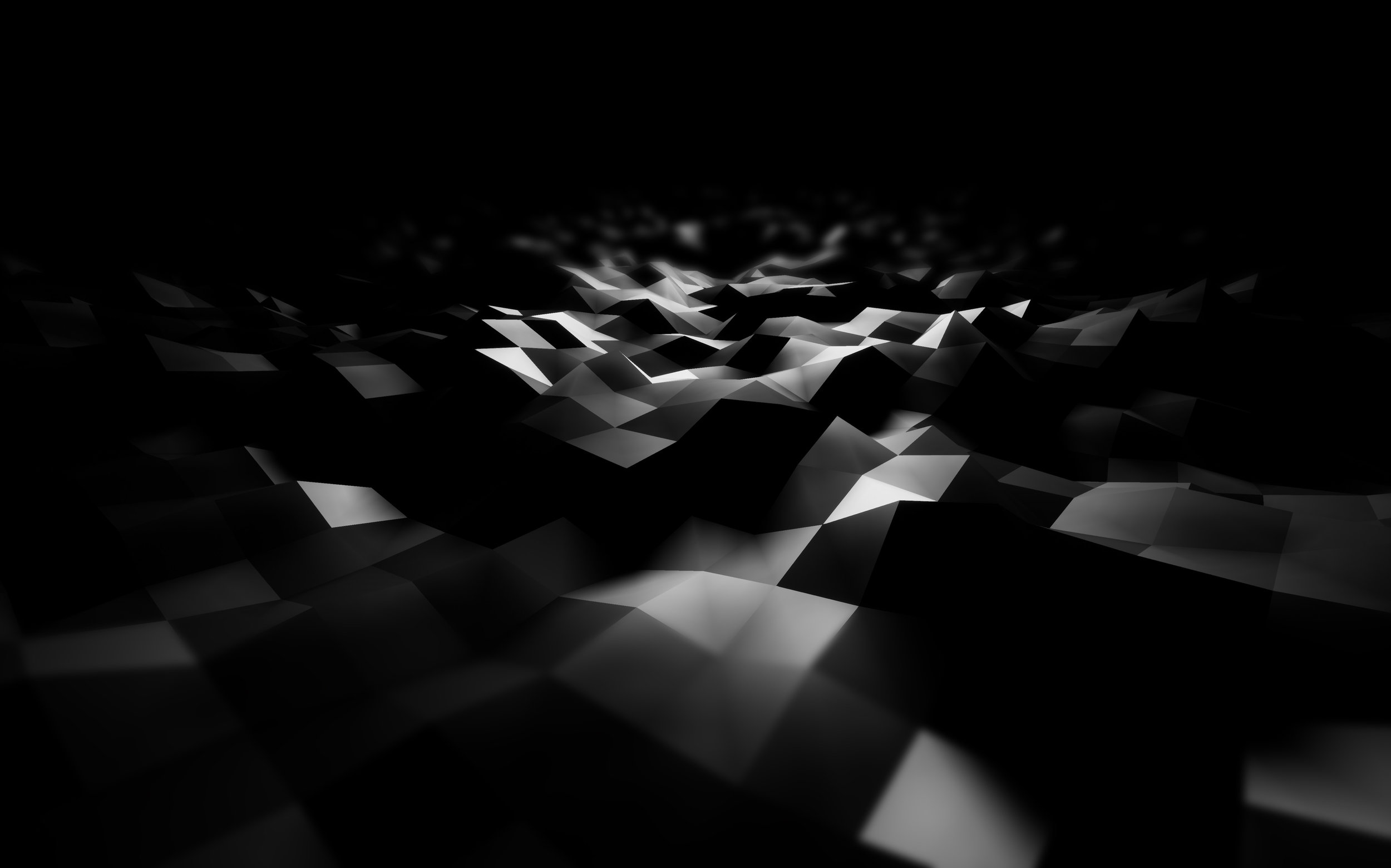Extraordinary Accident
“The day when virtual reality becomes more powerful than reality will be the day of the big accident.
Mankind never experienced such an extraordinary accident.” – Paul Virilio
Extraordinary Accident is a virtual reality artwork that reflects on Hong Kong’s urban experience, focusing on the differences and similarities that different perceptual scales may offer.
VR researchers and artists often focus on either somewhat futile quest for hyper-realism, or in a sometimes infantile assumption of a post–historicity that tends to ignore centuries of visual research and development.
This dichotomy does resonate strongly with Hong Kong’s contemporary and historical duality. Hong Kong is a city that has long been defined by successful navigations of explicitly opposing forces that simultaneously negate and reinforce themselves. Forces that have propelled a city unique in its ability of defining its own historicity.
Extraordinary Accident consists of a VR experience aiming to explore this fractal coexistence of different realities in Hong Kong.
With an explicit intention of exploring the aesthetics of virtual reality, our work attempts to construct –perhaps reclaim– a space of visual poetics able to escape the aforementioned duality. This exploration is organised in two axes, a temporal axis that imagines Hong Kong’s past, present, and future, and a scale axis that explores different points of view, from an imagined microscopic scale, to a city-wide bird’s eye–view.
The experience consists of a sequence of seven scenes, each one reflecting on Hong Kong from a different configuration in these axes. The scenes, however, do not attempt a realistic rendering but, instead, aim to explore some intrinsic quality of Hong Kong’s experience.
Extraordinary Accident’s first scene imagines Hong Kong’s landscape before humans. A primal land at the beginning of time. Hong Kong’s beautiful land-scape is evoked by synthetic hills, that prefigure future human intervention. The second scene jumps forward in the temporal axis to explore contemporary Hong Kong’s urban experience. The scene puts the user in a non-existent corner that strongly evokes the dense anthropocentric aesthetic of Kowloon—the peninsula facing Hong Kong island.
The user starts to fly upwards, experiencing new–impossible in real life–points of view of this corner, full of Hong Kong’s traditional neon signs. Scene three presents a momentary jump in scale. While flying up in the previous scene, the user jumps into a microscopic scale. This scene suggests a non-anthropocentric view. What is the smallest scale of the Anthropocene? After a short exploration of this imagined reality, the user is back in the corner, flying upward, until reaching scene four.
The upward movement continues in the fourth scene, where Hong Kong’s distinctive visual style is re-imagined, with neon signs metaphorically represented as pulsating neon walls.
This trip upwards allows the following scene to jump in scale, showing visualisation of photogrammetric and geo-located data. The participant flies over a rendering of Hong Kong island’s buildings, constructing and deconstructing it. The scene proposes a dialogue between visualisation and representation, with the objective of making explicit that the experience is a metaphor, not a hyper-real rendering. This is achieved by adopting a glitch aesthetic, and changing between textured and wire-frame renderings.
The traversing of both scale and time axes, is culminated with a future Hong Kong rendered from a very high distance. The sixth scene shows an s Hong Kong, still bright and clean, hopeful and vibrant. The scene is simultaneously intimate and distant. The user is able to see further away than in any other scene. The imagined future is bright.
The last scene takes the participant back in scale, while perhaps moving forward in the future. The seventh scene shows a never-ending digital sea. There is no land any more, only the sea remains. The metaphorical Hong Kong, once a fishermen’s village, transcends representation.
Extraordinary Accident is a collaboration between Alejandro Rodríguez, Tatjana Kudinova, and Tomás Laurenzo.
It has been shown at Sonar+D Hong Kong, and Mutek Buenos Aires.
Alejandro Rodríguez
Alejandro is an architect specialized in digital design. With a vast experience in virtual reality, software production, and rapid fabrication, Alejandro also has an unparalleled trajectory involving massive live shows involving cutting edge technology, including spatial augmented reality, control, and robotics.
Tatjana Kudinova
Tatjana is a leading designer. Having worked at a number of leading digital consultancies and advertising agencies. She is an active artist with works presented at festivals and galleries in cities like Vilnius, Montevideo, Valencia, San Francisco, New York, Sydney and Hong Kong.
Tomas Laurenzo
Tomas is an artist and academic working with physical and digital media. With a background in both computer science and art, Tomas’s work spans across different practices, including artificial intelligence (machine learning), new media art, interaction design, tangible media, music, and virtual reality.
